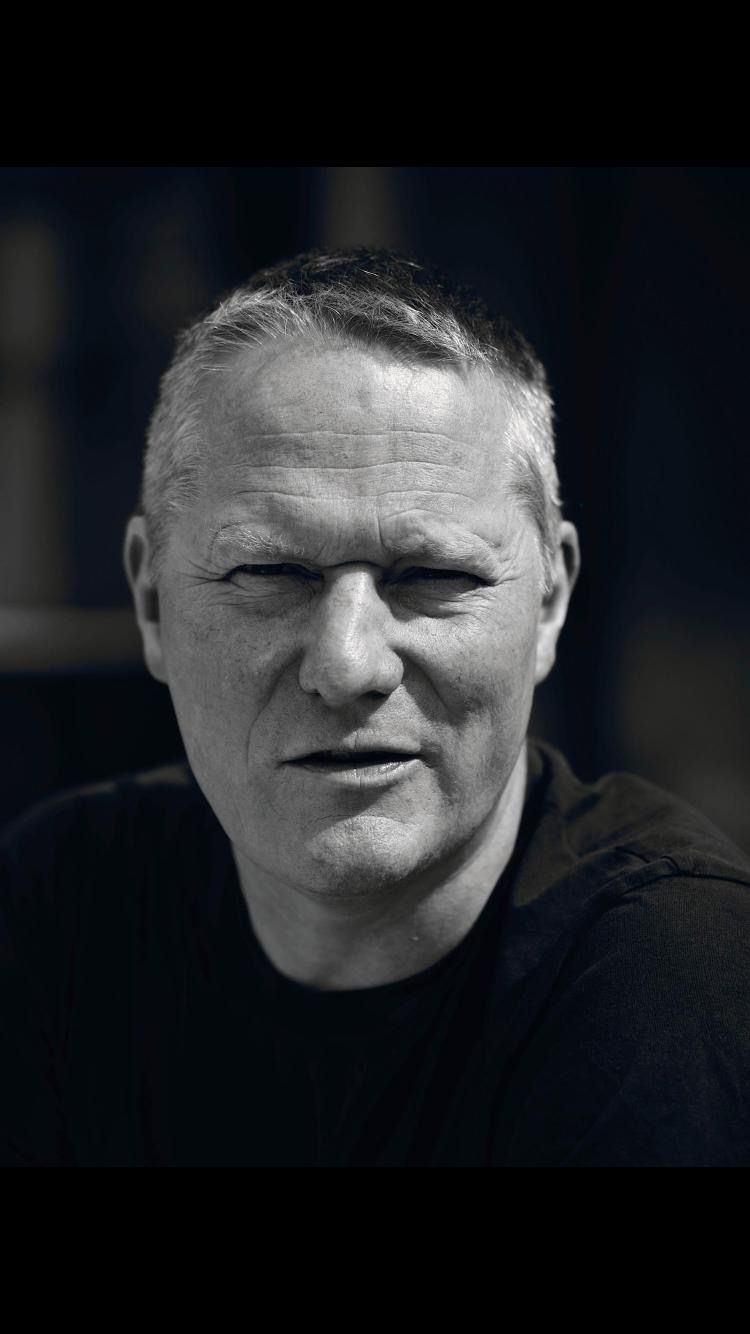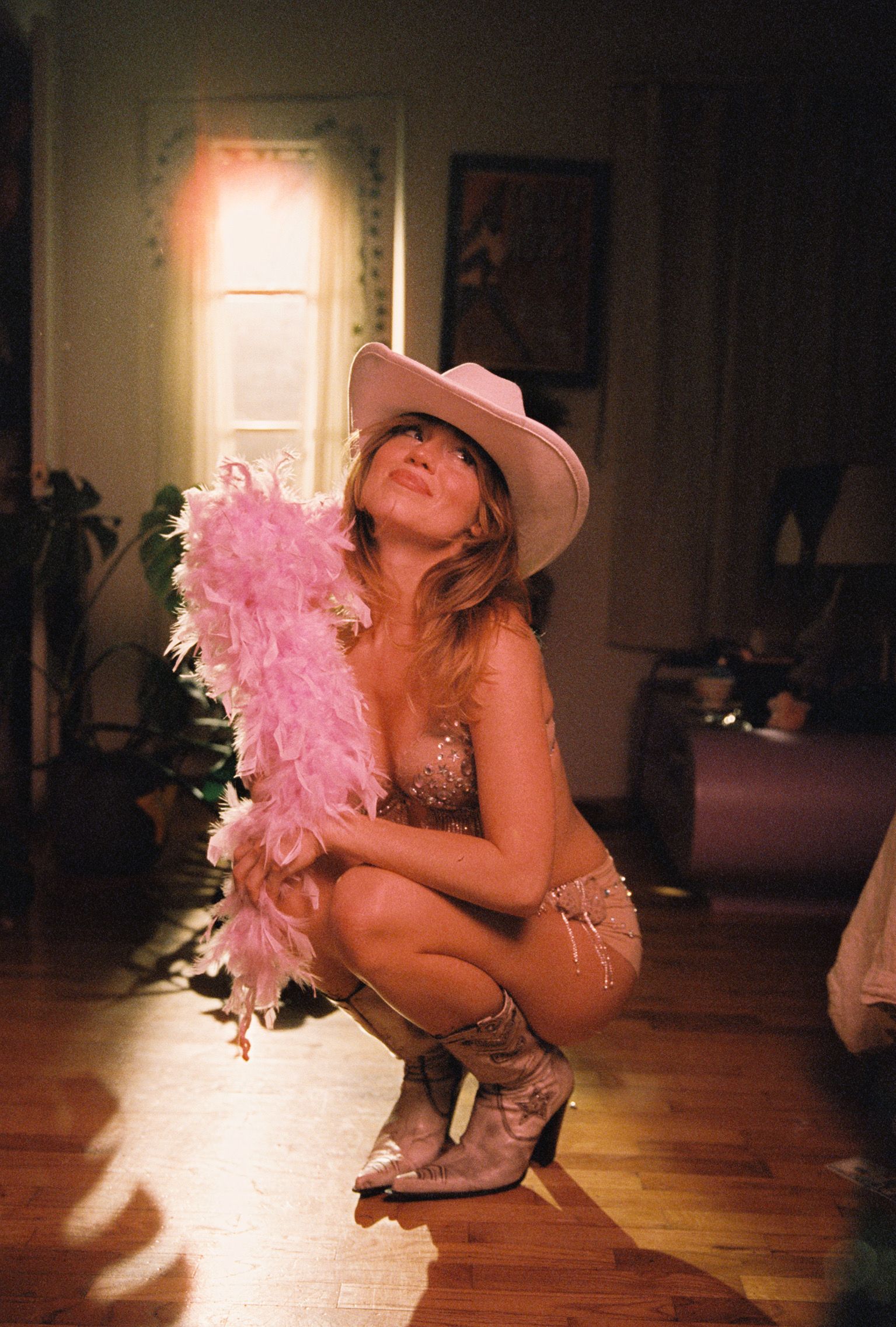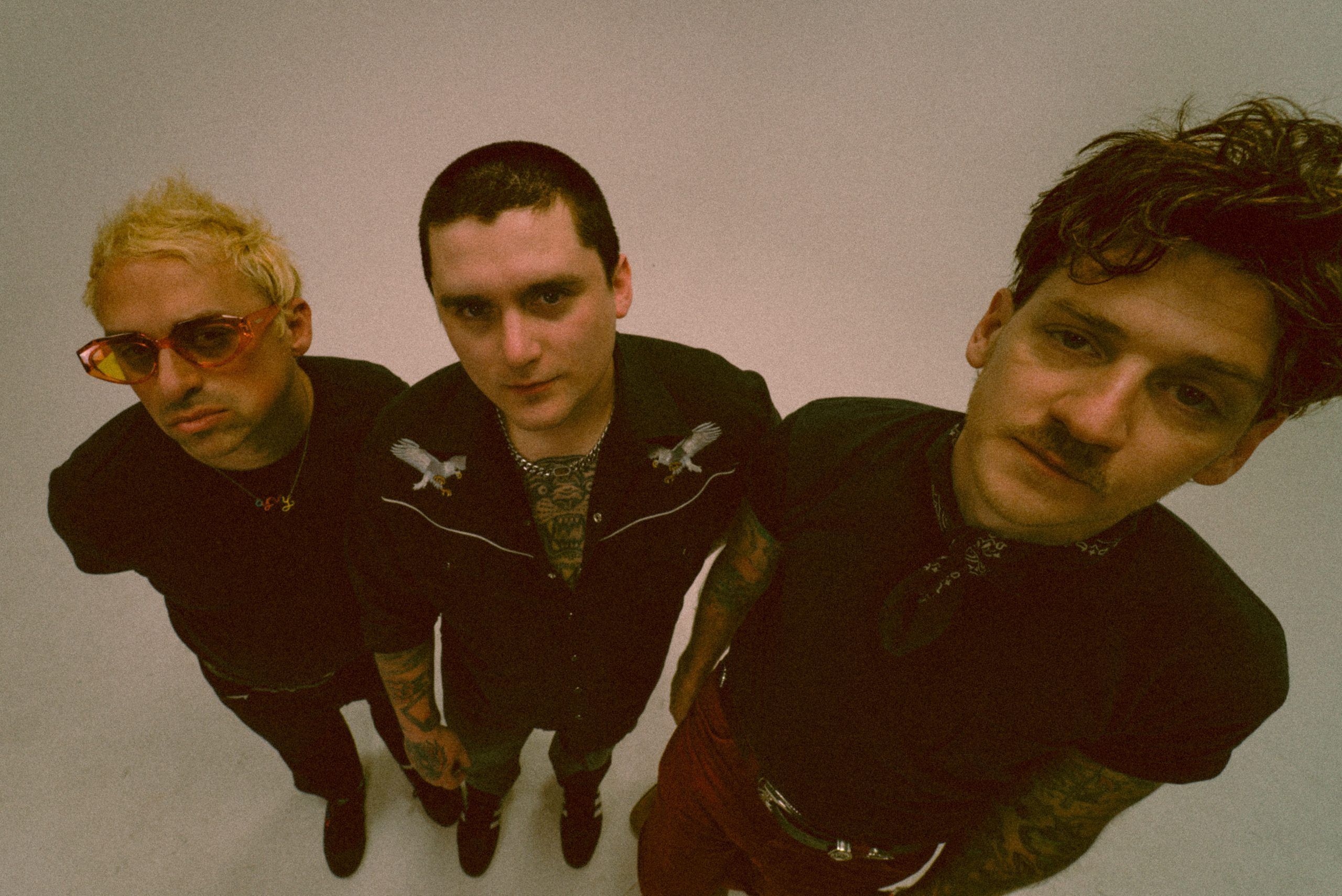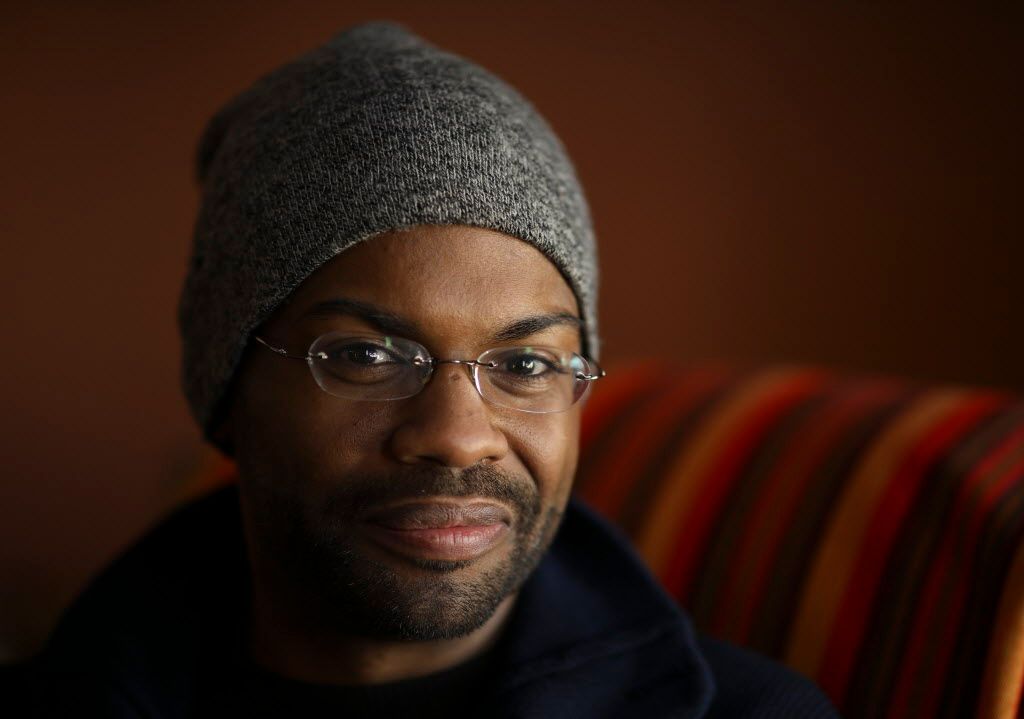In a world where attention spans are limited and music is now easily digestible, World’s First Cinema are not just crafting sonic soundscapes that demand to be listened to, but to be completely engulfed in. For them, every song is a story waiting to unfold — like a scene from a forgotten film or a long-lost dream where they are inviting listeners into their world where the boundaries between sound and vision blur. And with their forthcoming album, Something Of Wonder, out July 11th, they do just that.
When I sit down with Fil Thorpe and John Sinclair of World’s First Cinema, it’s clear this has been a long time coming of sorts for the pair. After a few EPs and steadily releasing singles over the last five years following the release of their debut single “Can’t Feel Anything” in 2020, it feels like everything as been directing them to this very moment. “An album gave us the opportunity to bring all those elements [from the EPs] together into one cohesive record,” explains Thorpe. “It was a way to look back at the EPs we’d done, take the full scope of our sound, and figure out how to present everything in one project.”
The result is an enthralling kaleidoscope of songs that blend cinematic visuals, haunting orchestration, and introspective lyrics into a sound that’s as immersive as it is evocative. One of the standout tracks on the record “End of My Rope,” out today, is a song about the fickleness of the music industry and the frustration that comes when faced with pushback after pushback when attempting to chase one’s dreams. It’s one of many tracks on Something Of Wonder that showcase exactly what Thorpe and Sinclair aim to do through their art: create an all-encompassing experience when listening and engaging with their music.
In conversation with 1883’s Kelsey Barnes, John Sinclair and Fil Thorpe of World’s First Cinema discuss their forthcoming debut album Something Of Wonder, why crafting a body of work matters to them, and more.
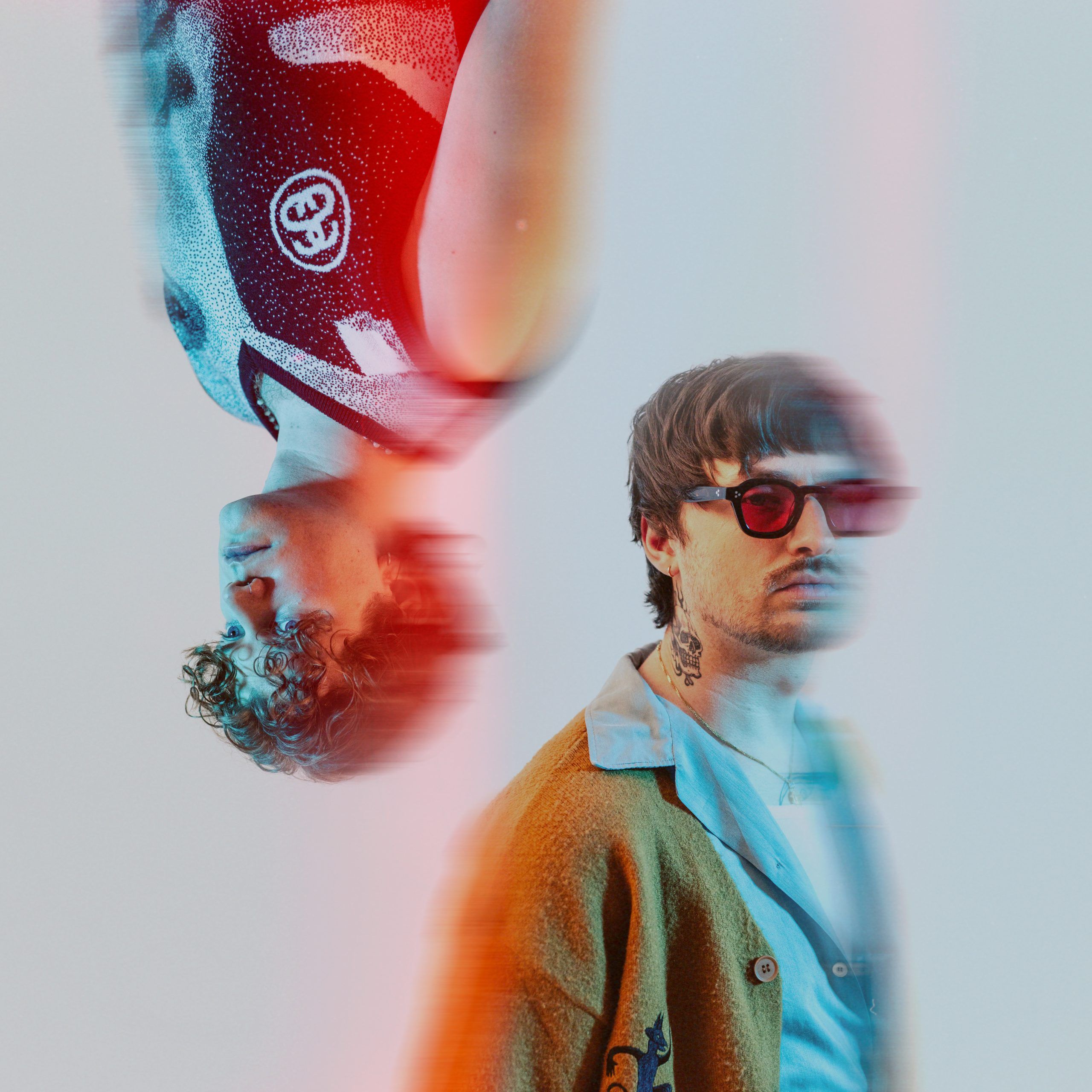
I love the new album. Congratulations — it is so, so good. It’s been a long time coming for you guys. Your debut single “Can’t Feel Anything” came out five years ago, how would you describe your growth as artists and songwriters in that time?
Fil: That sounds weird to say and think about now, five years! [laughs]. The cinematic aspect has definitely grown a ton, I’d like to think the old cliché of what we set out to do — the kind of through-line of our music — has remained. But we’ve grown massively because, unlike a lot of bands, when we started, we didn’t really have the intention of being a band. All I mean by that is, it wasn’t this sort of planned-out thing, attacking it with the mindset of a band. We got together to write music, but then thinking cinematically and about opportunities like that, it just made sense to brand and package it that way. As soon as we wrote the first few songs and singles, we felt like it was a bigger project than that.
So, thinking back to the first singles, “Can’t Feel Anything” and “Red Run Cold,” we were considering a different context for where the music would live and what it would do. Now, we’ve grown into this fully-fledged mix of rock, pop, electronic, and cinematic. Now we want to take over the world — like most bands do. That’s the biggest thing that’s changed since the beginning. But at its heart and soul, how it looks and feels — although it’s evolved — I don’t think it has changed, per se.
John: I agree with Fil. He put it really eloquently. We have massively changed. Originally, this started out as making music exclusively for TV, film, and commercial stuff. And now, we really do think like a band — we think in terms of albums, tours, and release cycles. It’s cool how it has evolved.
Touching on the film aspect — when you guys think back to your childhood, was there a specific film that really inspired you or resonated with you? Something that made you want to get into this world of storytelling, or even just the cinematic side of things?
Fil: Yeah, definitely. As a kid, for sure. I kind of lived in the middle of nowhere, so there wasn’t a ton else to do. I grew up on the classics — Indiana Jones, Star Wars, all that kind of stuff. But my dad would also show me weird shit that I probably shouldn’t have been watching. I think that’s where some of it came from — Highlander, An Officer and a Gentleman —I remember watching that a bunch as a kid, which is so weird because it’s so not a kid-friendly movie. Anything with Sean Connery seemed to be a thing [laughs].
John: Yeah. I also grew up in the middle of nowhere, and we didn’t have TV — just VHS. You know how that goes. You have that big plastic tub of VHS tapes, and you just watch the same ones over and over again. We would just watch Indiana Jones or Lord of the Rings — but only The Two Towers —o ver and over and over again. And John Williams… so good. That was really my entry into music, honestly. The music in these films was so inspiring and huge. Everything felt like 10,000 miles wide and 1,000 miles deep. That’s the kind of cinematic music I want to make with this band.
There’s a specific song that I can’t name because the tracklist isn’t out yet, but it’s the song that contains the lyric the album is titled after. To me, it sounds like a call to arms — it’s very, very large and full of life. I wanted to ask you a bit about writing and recording that song, and that line in particular — what made you want to title the album after it?
John: I think it’s about trying to find something more — trying to find meaning within the meaning. You do anything for long enough, or you’re in enough bands, and you write enough songs, and you start to wonder why you’re doing it. That song is really just a cognitive question — or a demand — that’s like, “Give me something. I just need something. I need to feel alive again. I need to be re-shown my truth.” You calling it a call to arms is really cool, thank you.
Fil: We went through a bunch of versions of it — three or four different productions, all of which were super different. It started almost as a folk song, then leaned more into something else. We kept trying different things, and then we cooked up this Labyrinth-sounding electronic version. And we were like, “Yeah, this is it — let’s go with this. This feels really cool.” I think it’s probably a standout track in that it doesn’t sound like anything else. But we also like to think of it as a little glimpse of where we could go in the future.
How did you two meet?
Fil: Through a mutual friend. He was having a hangout here in LA. It was a small group, and John and I just started chatting about music, and then we stayed in touch — sharing things back and forth.
And then you just started getting together for sessions?
John: Yeah, exactly. That first session… Something about it clicked.
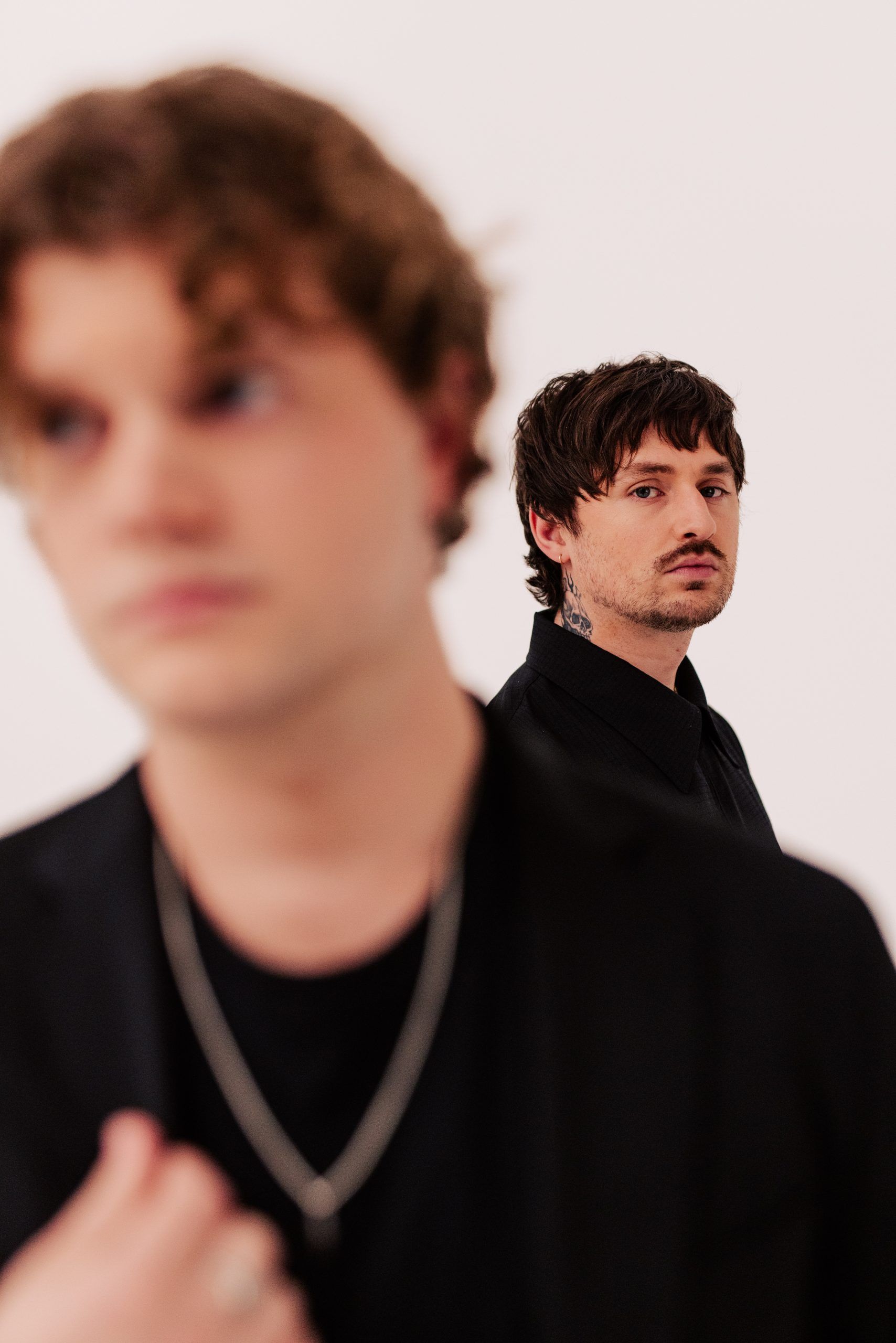
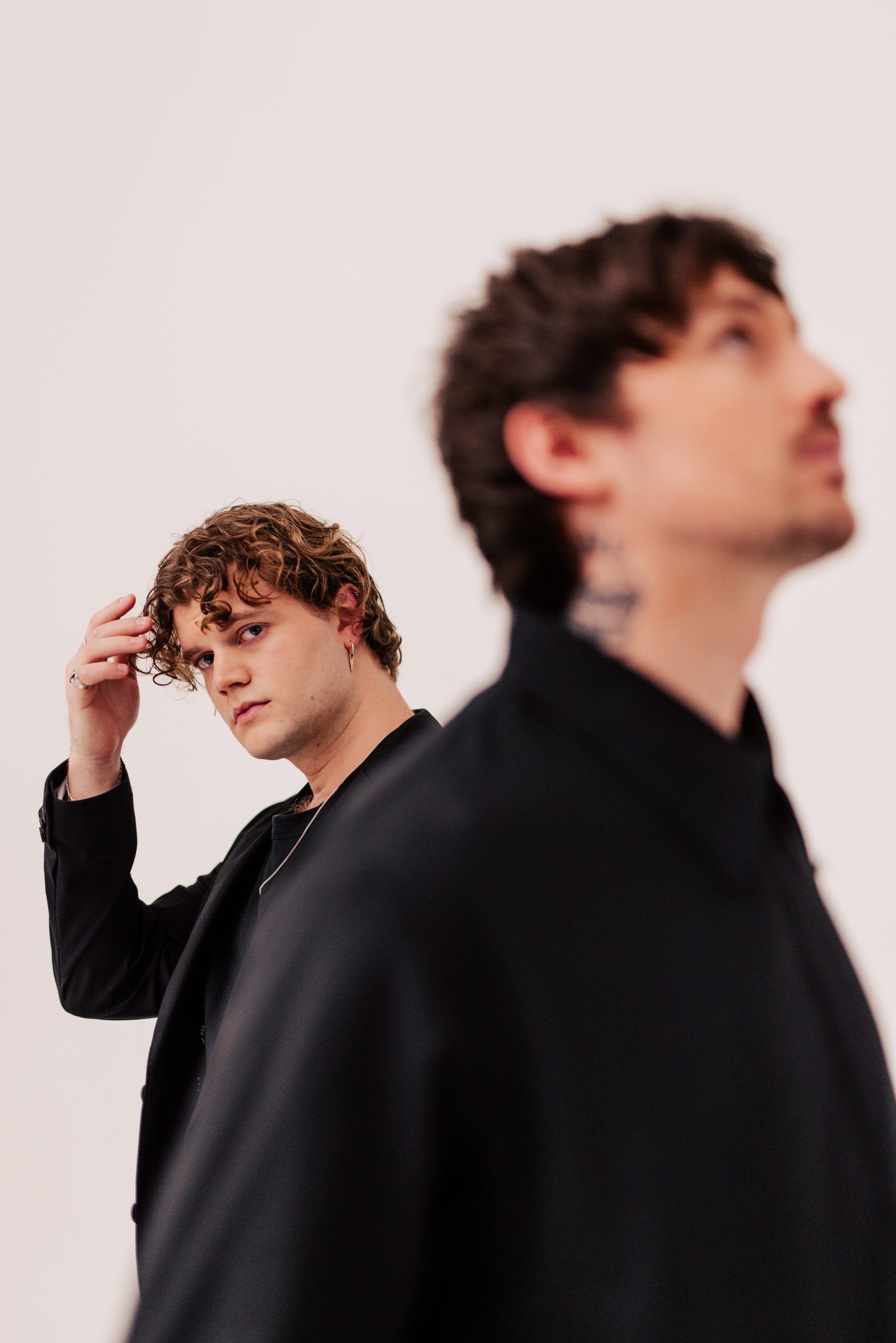
You guys come from different backgrounds — Fil comes from pop punk and John has roots in orchestral music. How did your different backgrounds help shape and influence your sound?
John: Yeah. I started playing music when I was seven, but that was my foundation — classical training. Later on, I got into production and taught myself.
Definitely a little different from Fil’s background [laughs].
John: Definitely [laughs].
When you saw these two styles come together, did you actively decide to blend them, or did it just happen naturally?
Fil: Kinda like how in Pokémon, you combine things together and get something new [laughs]. When I met John, I was making a lot of stuff, but I didn’t really have a clear direction. And then he came over, and immediately it all just clicked.
Fil, I know you just opened your studio, too, so I wanted to ask about the production on this album and who was involved.
Fil: You know, we’ve done everything ourselves up to this point, more out of necessity than anything. I think we’ve built a pretty unique sound based on both of our influences, choices, and tones mixed together. And it’s a hard project to just go do sessions for. Before this band, you could work with anybody — it didn’t matter. If they had a guitar and a computer, cool, it’d work. But then everything starts to sound the same, because it’s literally impossible for it not to. And there’s nothing wrong with that — that’s awesome — but this project is different. Every song is so unique, and honestly, half the time when I sit down to produce, I don’t even know how it’s going to sound. We did a few sessions early on in the album cycle — some good stuff came out of it, but most of it didn’t lead anywhere, even if the sessions were fun. I think the only other producer we worked with on the whole album was Mike Green, who we’ve worked with in the past. He’s so talented. We did a few sessions with him, started a few ideas, and out of maybe four or five songs, one really stood out — and that became “Freak Show.”
John: And even that changed a lot.
Fil: Yeah, a ton. We basically just started with half a song and saw where it went. Other than that, it’s all just us. And about the studio — you mentioned that — but that actually happened after the album was done. Last year, John had his own place, so we recorded a lot there. But yeah, if you look at our entire discography, 99.9% of it is just us.
That makes sense. You have such a distinct sound and visual identity—it helps to keep that creative control.
Fil: Yeah, we thought, we’ll try working with anyone, but…
John: We worked with a few producers and writers, and it was great, but a lot of the time it was almost like, “This is a cool song but it’s not us.” There’s just some weird flavour that makes it a WFC song. Maybe it’s just in my mind, but I really do believe that. There’s this cinematic touch to it that has to be there — it’s not just a pop song.
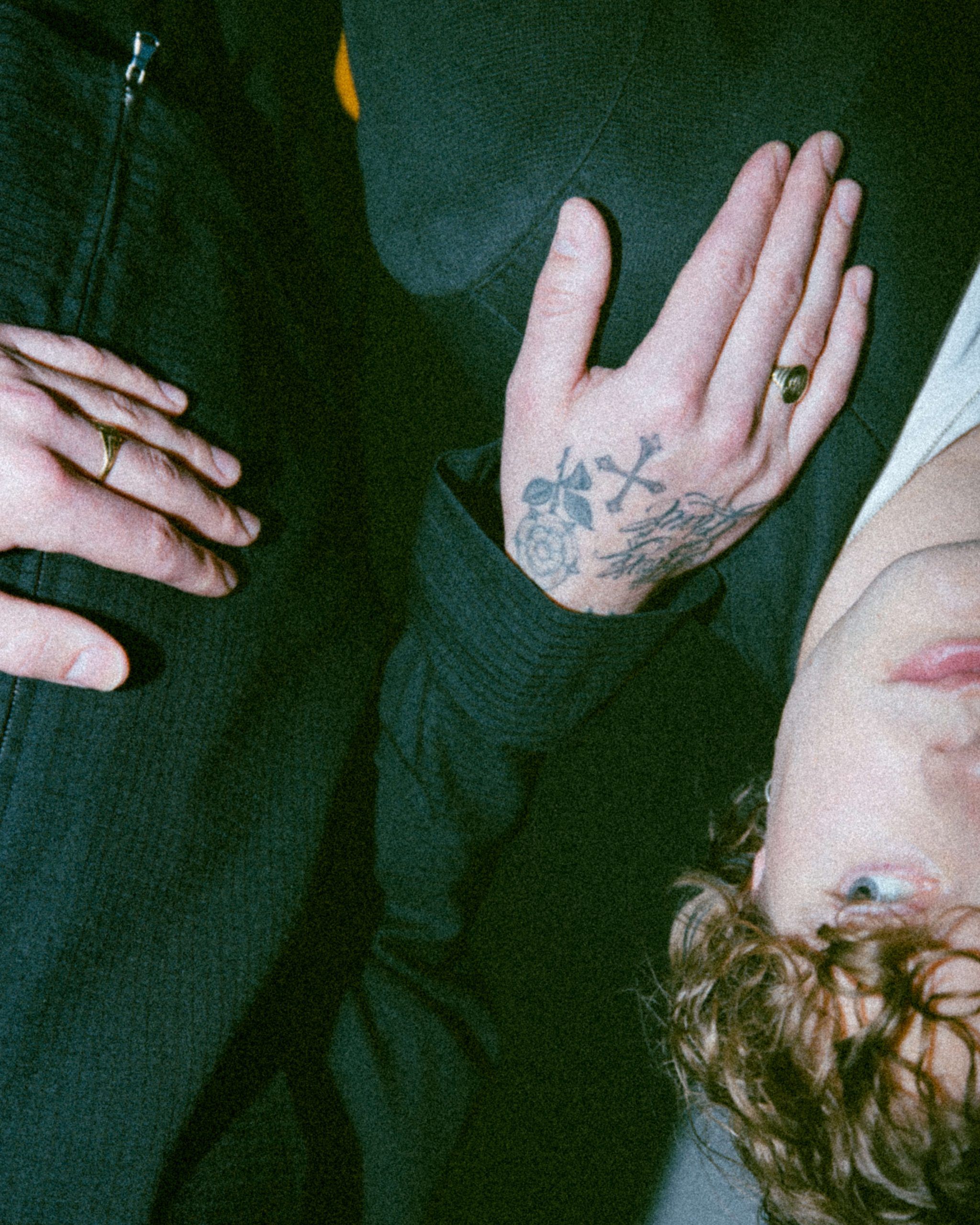
“End of My Rope” is coming out on Friday, alongside the album announcement. The song feels like it’s about the fickleness of the industry — chasing dreams and the struggles that come with it. Can you talk a bit about the writing and recording process for that song?
Fil: Wow, yeah, that’s a good one. Love that song. I remember John sending me an early demo — I was actually at the gym when I got it. I had my headphones on, played it, and immediately thought, Oh yeah, this is a banger. We had a little streak of three or four demos floating around at the time, and I wasn’t really feeling any of them. They were fine, but nothing exciting. Then John sent this one, and I was like, Okay, this is something.
Unlike a lot of our songs, this one was really straightforward. There was never a question about how the production should sound — it was always going to be this big, sweeping, pop-rock song. For some reason, it reminds me of The Fray — and maybe that’s boosting ourselves up too much because they’re sick — but something about it feels like something they might write, just with our own weird, pop-rock production twist. I think it’s the biggest pop-rock song on the album. Definitely a banger.
John: Yeah, it’s definitely my favourite in terms of writing. It’s one of the rawest songs we’ve ever done. We tend to avoid love songs or super direct emotional stuff because a lot of our music leans more ethereal, cinematic, and introspective. Sometimes, those straightforward lyrical concepts can feel at odds with that, so we usually lean into metaphor. But it is really direct. We wrote it about coming to the end of our rope — feeling stressed out, like you’re running out of cards to play, and not knowing what happens after this hand. That’s real. It’s probably the most honest we got on the record.
I love it — definitely one of my favourites. I was listening to the full album this morning while walking around London, and it really does feel cinematic. It’s all-encompassing. In the streaming age, a lot of artists are just releasing singles. So I wanted to get your thoughts on actually approaching a body of work as a complete project versus just putting out one-off singles. People have really short attention spans now, and listening to something from start to finish is a journey in itself — it tells a story.
Fil: Yeah, I totally agree with all that. I always think in terms of full albums. Growing up in bands, being a teenager obsessed with music, I looked forward to records from bands like My Chemical Romance and Panic! At The Disco. You’d wait for an album to drop, and it felt like it had a purpose — every track was part of a bigger journey. The branding, the packaging, the world around the music — it all mattered. That’s what’s exciting and cool to me.
With the kind of music we make — the cinematic sound, the vision — it just naturally lends itself to a full album experience. We’re not really a bedroom pop type of act. I love that genre, and there are so many great artists doing that, but it’s a different approach. It’s more about quick-turnaround singles, whereas our project is way more old-school. We want to do the opposite. Plus, we’d already done a few EPs, so it just felt like time to put out a bigger body of work — to stake our claim and show up as a real band. Like, real bands make albums. We needed to take that next step.
Since our music is so diverse — we do these sweeping ballads, electronic-driven tracks, super dark songs, riff-heavy songs — an album gave us the opportunity to bring all those elements together into one cohesive record. It was a way to look back at the EPs we’d done, take the full scope of our sound, and figure out how to present everything in one project.
John: Yeah, and for me, this is actually my first full-length album ever. With my previous project, I never got around to doing a full record. Like you were saying, I was just putting out singles. That project leaned more into bedroom pop, so that approach made sense — it was easier to market, and you could just constantly put out content.
For me, doing an actual album has been an incredible learning experience. It’s fresh, it’s new, and it’s been amazing to really wrap my arms around a full project. And honestly? I’m already excited for record number two. Just in the last year, we’ve grown so much as writers and producers. I can’t wait to see where we take it next.
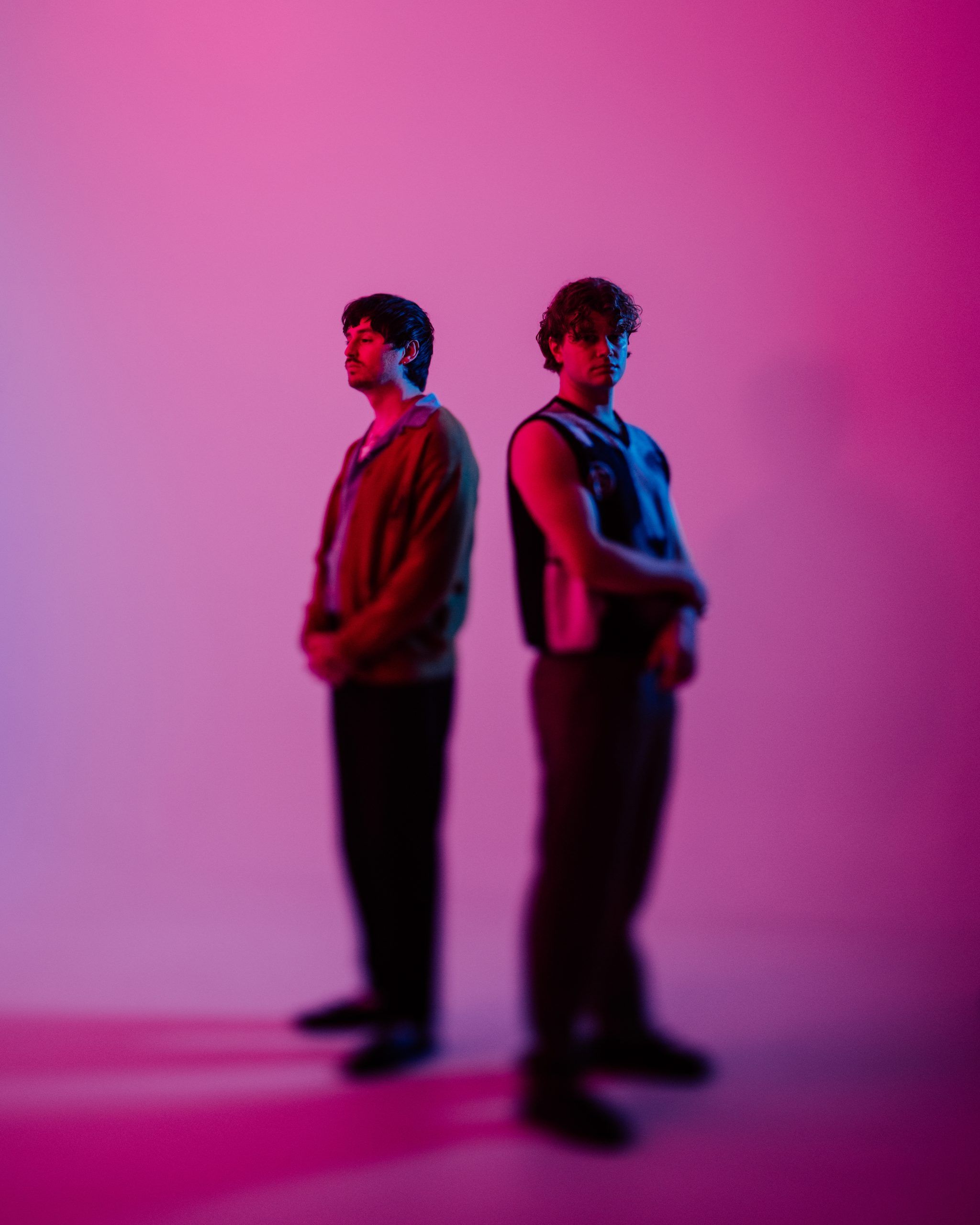
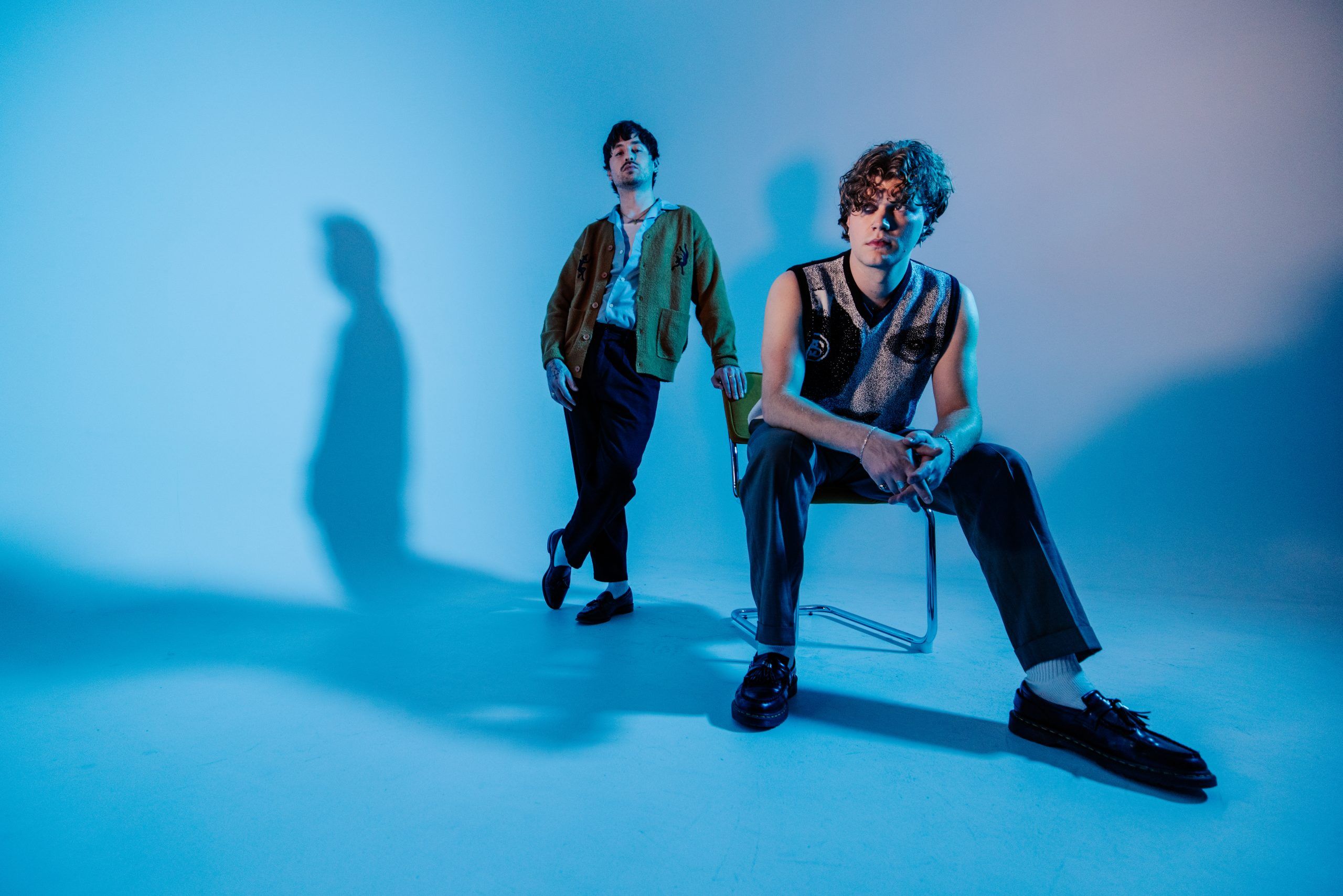
Touching on visuals — obviously, they’re really important to this band. Is that something you think about while writing, or do you approach it afterward?
Fil: Mostly afterward, I think. I mean, you can’t help but think about it sometimes—like, once a song starts coming together, you can often immediately get a vibe for it. But I usually think about visuals in terms of cycles—each record cycle has its own feel and look. That being said, I think you have to finish the song first and let that guide the way. In my experience, that tends to work best. But yeah, visuals are always in the back of our minds.
John: Yeah, and then, about halfway through making the record, you start seeing how it could all tie together.
Do you see a throughline that connects all the songs? A common thread that ties them together?
Fil: The throughline is just… making sick music [laughs].
I mean, you’re not wrong.
Fil: [Laughs] But in all seriousness, I think the main throughline is that underlying cinematic element. Our earlier music was way more focused on that kind of tone production-wise, and since then, we’ve grown into this more radio-friendly space — which is great. But we always ask ourselves: Does this have that weird, cinematic element? Whether it’s in the lyrics or the production, it has to have something that gives it that atmosphere. We’ve written a bunch of songs that were cool but just weren’t WFC songs. They didn’t have that extra layer of weirdness or distinctiveness. That’s kind of the checkmark for us — before a song makes it onto a record, we ask, Does it feel uniquely ours?
John: Yeah, exactly. Because otherwise, we’re really eclectic in how we write—we like exploring a lot of different sounds and styles. But at the end of the day, every track has to have that signature cinematic touch. That’s what makes it us.
If Something of Wonder existed in a cinematic universe, what are some film counterparts that would fit alongside it?
Fil: That’s a good question. A big question.
John: Yeah, that is a good question. How complimentary do we want to be here? [laughs]
Fil: Honestly, the true answer is probably just our favourite movies — the ones that stick in the back of your mind and influence you, even when you don’t realize it. But also, it’s kind of song by song, which is something we’ve done on purpose. That’s one of the fun things about this record. Like, we have a song on the album and every time I hear it, I picture this creepy, weird, Southern religious cult out in the middle of the swamps. That’s just the vibe it gives off. And I know there are movies that capture that kind of eerie, isolated feeling — like The Skeleton Key. That was such a great movie. Every song might have its own little cinematic reference. It probably is just the stuff we watch all the time. I watch a lot of horror, thriller — all that kind of stuff. So, there’s definitely a lot of that influence in our music.
Like, when we wrote a song on the record, we were watching Apostle. Amazing movie. Super weird, totally unexpected. I don’t think it did well at all, but we loved it. And we’ll do that a lot — literally watching a movie while writing a song, just absorbing the visuals and writing those feelings into the lyrics.
John: That was also during an era when our songs were way more literal. Like, the song was about witches in the woods and that movie is literally about witches in the woods. There’s no metaphor there. Now we’re writing about our feelings and stuff… Maybe we’ve gone backwards. We might be missing a trick here.
Fil: Yeah, back to the witches and werewolves!
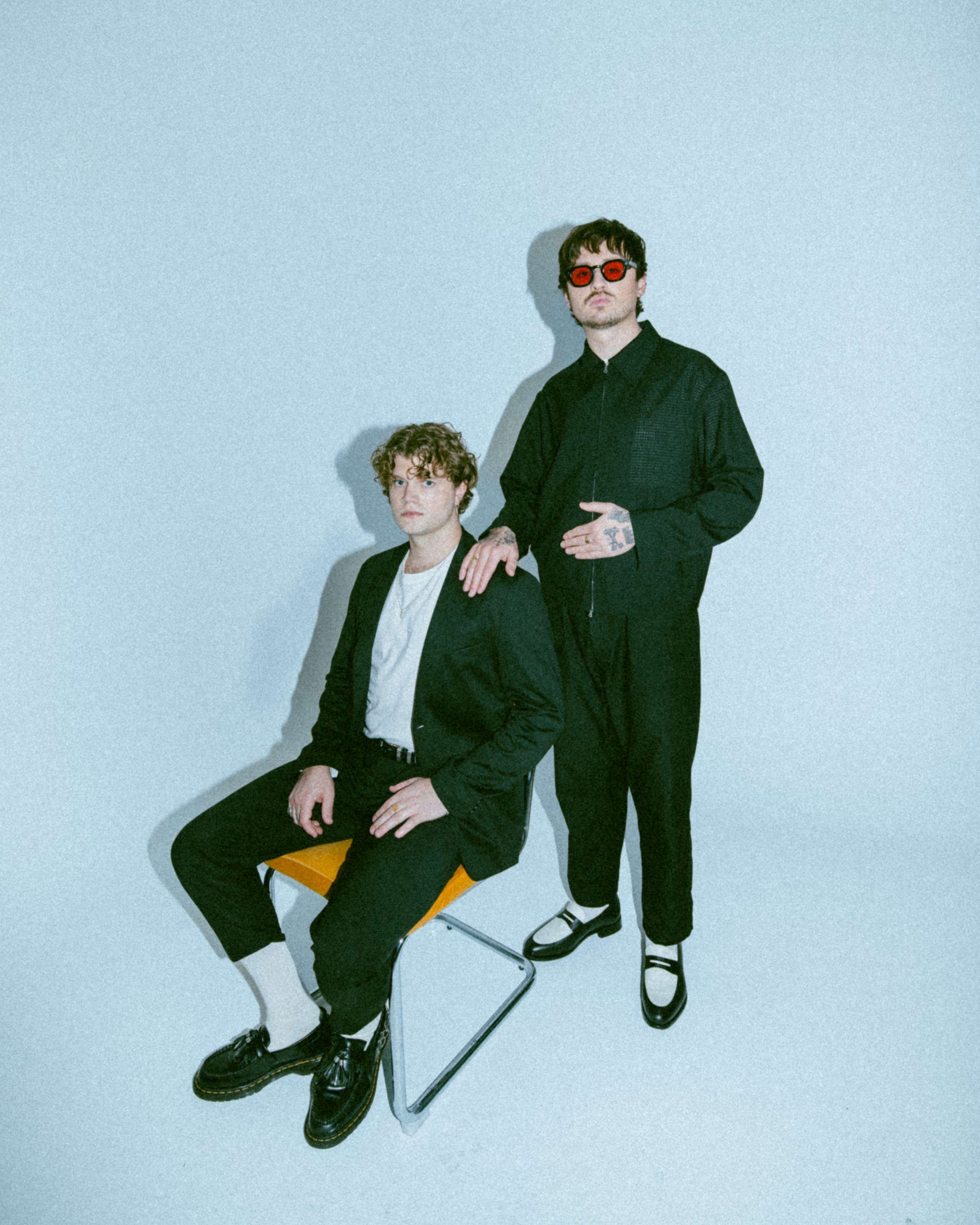
How would you guys define the phrase “something of wonder“? It doesn’t even have to be about the music specifically, but just what those words mean to you.
Fil: I think one of the things I really like about that phrase is how versatile it is — it can mean a lot of different things depending on context and how you’re feeling. But I think John nailed it earlier when he talked about it. We were struggling to come up with an album title for a while — not struggling in a bad way, but just bouncing ideas around, and nothing felt right. Then when this demo came up, I remember telling John, and he already had the same thought: something of wonder. It’s got this kind of fantastical feel to it, but at the same time, if you don’t know what it means, it sounds very theatrical. Like, something of wonder sounds like…
John: An old magic show or something, right? Like, from the 40s, with the big hints.
Fil: Exactly! But once you know what it means, it’s kind of asking for something to happen — it’s like, we’re ready for something more. We’re ready for this to be more meaningful. It’s us hoping that this album is the thing that takes us to the next level, that starts this new chapter for us. It’s like saying, Show me something I wonder.
The tour is coming up, which is very exciting! What can people expect from those shows?
Fil: Honestly, I don’t think they know what they’re in for! I’m really proud of our live show. For as little touring as we’ve done, we’re working on changing that. But one thing I’m really proud of is how well our live show translates. A lot of bands find it difficult when they try something different in production and can’t quite bring it to life on stage. But we’re lucky because, as you know, John plays strings. So we can actually bring that element to life on stage, which is fun. We also incorporate the interludes that fans of ours will recognize. So, you’re not just seeing a band play a set of songs — you’re seeing one big, sweeping performance where instrumental, orchestral moments blend seamlessly into the songs. It makes for a more original and fun experience. And honestly, when people see us live, they’re like, “Oh, okay, I get it.”
Yeah, I was going to ask about the live production — how you translate that cinematic vibe to the stage. Is that what you mean with the strings and orchestral elements?
John: Yeah, exactly. That’s the most dramatic part of it. Eventually, as our budget grows, we want to get a full horn section and a whole symphony on stage. But for now, we have these instrumental interludes, which are fully orchestrated, and we tie them into the live set. Once the show starts, it doesn’t really stop. The songs flow into each other. A song ends, and it seamlessly transitions into the interlude, which teases the next song. It builds up, and then the band comes in. The whole show is like one continuous experience — it’s not just, “Here’s this song, and here’s the next.” It’s more like a theatrical experience, with ebbing and flowing moments. It’s all designed to be like watching a play or something, where the whole thing ties together.
Lastly, if you could manifest something for the band in 2025, what would it be?
Fil: A ton of money [laughs].
So you can get that horn section.
Fil: Exactly!
John: For us, it’s touring. We’ve been working on putting things together on the business side to make that happen, and I’m excited for it.
Fil: Yeah, I think just more people enjoying the album, getting what we’re trying to do, and then more touring opportunities. We just want the band to keep growing and have more chances to connect with people.
Thank you both, hopefully we’ll chat closer to when the album is out so we can unpack specific songs, but for now — thank you for letting me be part of the album announcement! It’s an honour and I’m so stoked for you both.
Fil: It’s an honour to have you be a part of it.
Jonh: Thank you so much, it’s been great to chat.
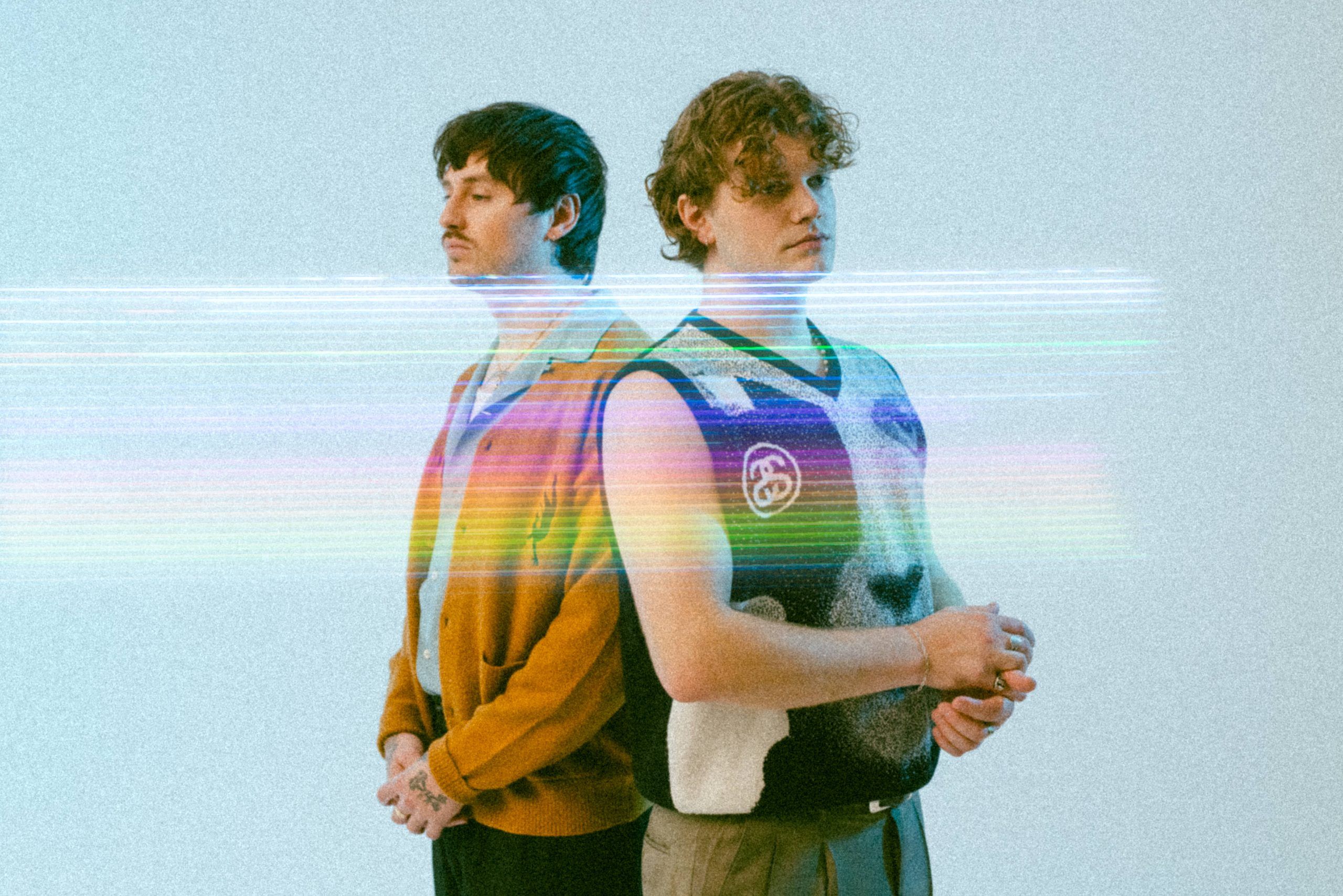
“End of My Rope” is out now. “Something Of Wonder,” the debut album by World’s First Cinema, is out July 11th.
Interview Kelsey Barnes
Photography Anna Lee
Styling Assistant Alexa Merrill
Grooming Tanya Alian
Studio The Ivory Space


